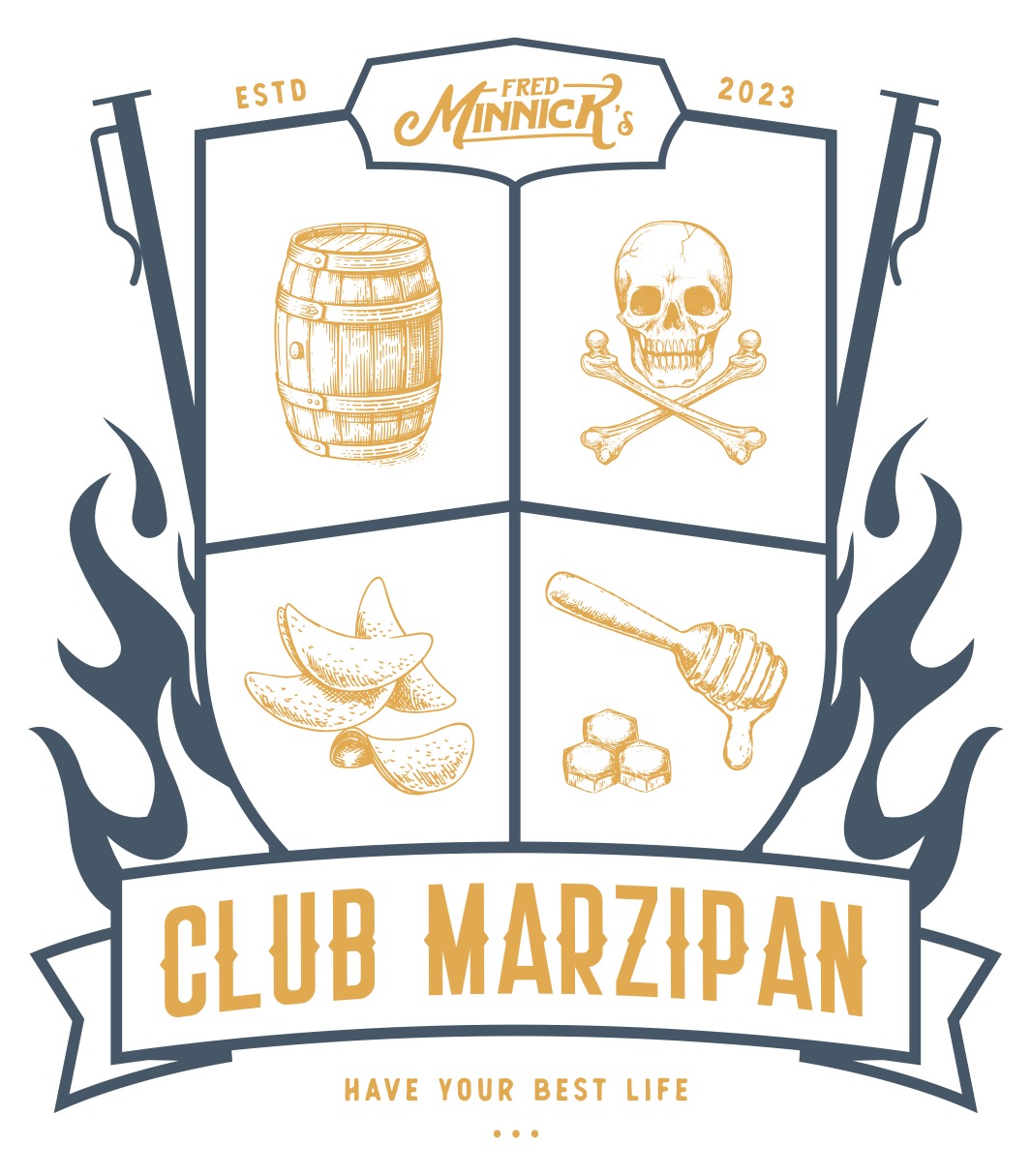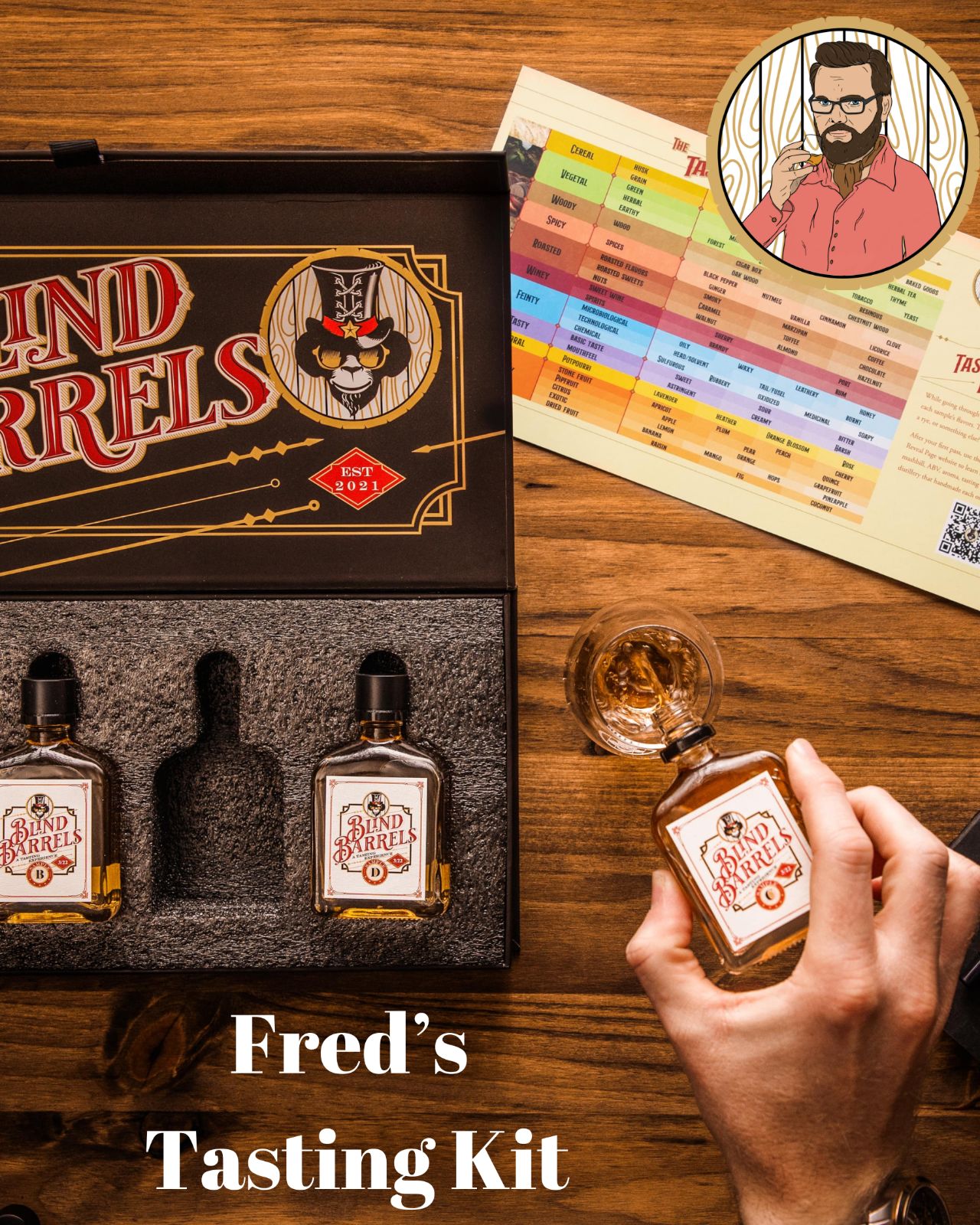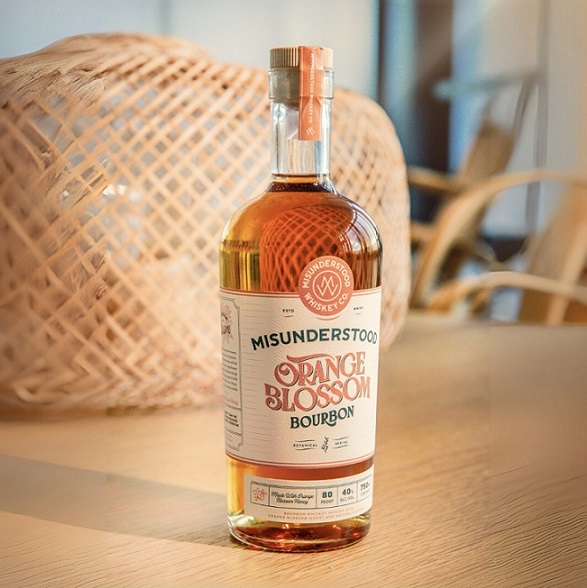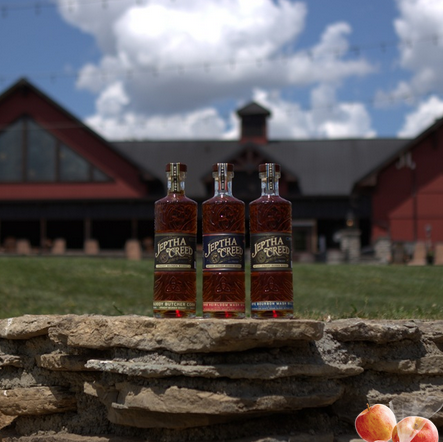The Rise of Willett
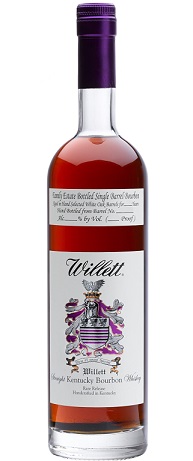
Gripping a drill and tool bag, surrounded by barrel racks, Drew Kulsveen walks down the narrow warehouse plank. “Which do you want to taste,” he asks. “The barrels closer to the window will get better sunlight.”
Inside this Willett Distillery warehouse, there’s no heat, steam or space heaters to warm our hands and feet. It’s January, and only windows provide subtle warmth. “Let’s go with the barrel right next to the window,” I said.
Kulsveen inches to the wheated Bourbon barrel. It’s four years old and among Willett Distillery’s first distillations since it started churning out its own whiskey in 2012. He drills into the barrelhead and Bourbon flows directly into his Glencairn glass. The sunlight glistens off the crystal and shimmers the russet-coloured liquid with a slightly violet hue. My heart paces, my mouth salivates, and my nerves – yes, my nerves – are high. What if I don’t like it?
Willett is Kentucky’s crown jewel, our last great truly independent distillery. It’s 100 per cent family owned, so staunch in saying no to investors that the big companies rarely make offers anymore. But they used to. A lot. And then, time after time, Even Kulsveen, Drew’s father and co-owner with his wife, Martha (whose maiden name is Willett), said no.
Unable to buy Willett, they’ve purchased the likes of Westland, Smooth Ambler, Redemption, High West and many other noteworthy American whiskey brands. But Willett’s never wanted to sell or be small. Rather, from day one, the family has wanted to return its name to Bourbon glory.
The history
In the Louisville Courier-Journal September 4, 1936, with the bold all caps headline CHARTERS GRANTED: ‘The Willett Distilling Company, Bardstown, capitalised at $50,000 was granted a charter today by Charles D Arnett, Secretary of State. Incorporators were Thompson Willett, John L Willett, and Mary T Willett.’
After Prohibition, money flooded Kentucky distilleries, one of the few promising industries during the Great Depression. The Willetts sought to bring their Bourbon heritage to the forefront.
Like many Bourbon names on the bottle, the Willett name goes far back, as early as the mid 1800s, when John David Willett founded the Moore, Willett & Frenke Distillery Bardstown with his brother-in-law and Mr Frenke.
John David Willett’s son, Aloysius Lambert Willett, carried on the distilling tradition, working for the Moore & Selliger Distillery and later the Bernheim Distillery in Louisville. But it would be Lambert Willett’s son, Aloysius Lambert Thompson Willett, who sealed the fate of the Willett name. After Prohibition, Thompson, who also previously worked at Bernheim, and his family made Old Bardstown the flagship brand, selling it for $4.89 per fifth in 1955.
Named after a racehorse, not the town, Old Bardstown became one of the original cult Bourbon brands of the 20th Century, being mentioned in Betrayed by F Scott Fitzgerald: ‘…I had spent the first hour drinking Old Bardstown Kentucky Bourbon Whiskey, made in Bardstown, Kentucky, 86 proof, reading the bottle labels….’ And it was the inspiration for the Willett family cookbook, Old Bardstown Bourbon Cookbook.
But this mid 20th Century success and heritage was not enough to overcome the downtrodden 1970s. Like Stitzel-Weller and Old Taylor before them, Willett felt the market pressures going against Bourbon and could not beat white spirits in early 1980s. Unable to compete in the marketplace, the family was forced to close.
The future
Even and Martha Kulsveen purchased the Willett property in 1984. Since then, they’ve rebuilt the Willett legacy through purchasing and bottling bulk whiskey on warehouse receipts. They bottled some of the best releases of the past 25 years. You’ll find many of these whiskeys sold on the secondary market for as much as $4,000.
With its future supply connected to its stills, Willett plans to be one of the most transparent brands in the business, fully disclosing many operational traits, including mashbills.
Mashbills
Bourbon Mashbills
Bourbon# 1: 72 Corn, 13 Rye, 15 Malt, Barrel Entry 125 Proof
Bourbon# 2: 65 Corn, 20 Wheat, 15 Malt, Barrel Entry 115 Proof
Bourbon# 3: 52 Corn, 38 Rye, 10 Malt, Barrel Entry 125 Proof
Bourbon# 4: 79 Corn, 7 Rye, 14 Malt, Barrel Entry 125 Proof
Rye Mashbills
74 Rye, 11 Corn, 15 Malted Barley, Barrel Entry 110 Proof
51 Rye, 34 Corn, 15 Malted Barley, Barrel Entry 110 Proof
Currently, the distillery has capacity to make 60 barrels a day, producing 80 per cent Bourbon and 20 per cent rye. Since 2012, Willett has filled 24,000 barrels, and they’re among the most highly anticipated whiskeys sitting in Kentucky warehouses right now.
But distiller Drew Kulsveen knows that his family cannot depend solely on the whiskey market: “This business is 100 per cent market driven,” Kulsveen says. “If people have a change of taste, we have to protect ourselves.”
The Willetts remember what happened when they didn’t diversify. A Willett import company is pursuing foreign spirits brands that match their quality and reputation.




